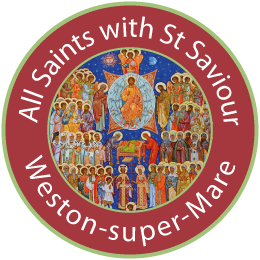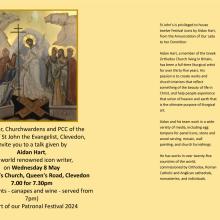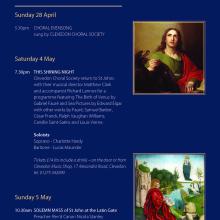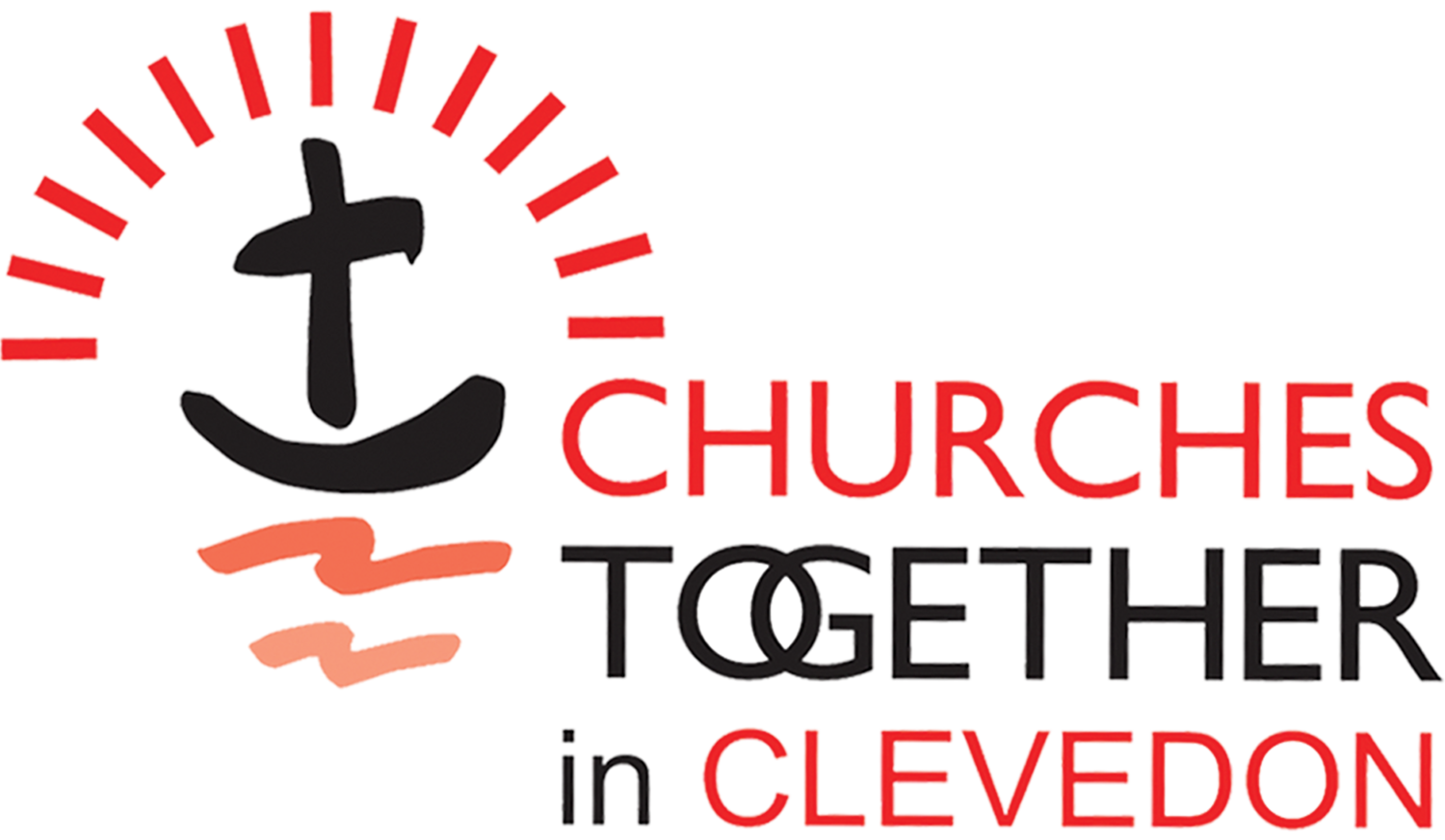Baptism is the first sacrament that a person receives in the Church Catholic. It opens the door to all the other sacraments. We practice infant baptism, believing that it is important for a child of believing parents to be introduced into Christian life as soon as possible, but it is available to anyone at any stage of their Christian pilgrimage.
Like all other sacraments, baptism is invalid without faith. This faith is not demanded of an infant but is the gift of parents and the whole church community. Godparents are chosen (usually friends or relatives) who will act as witnesses at the baptism and provide help, support and encouragement to the children in their religious development. Before the service parents will usually meet with their local priest, or a member of the worshipping community, to make sure they fully understand the importance of the promises they will be making on behalf of their child. They may attend a pre-baptism course.
Baptisms may take place at a public Sunday service of Mass, or they may be private, with only family and friends invited. The ceremony is highly symbolic and represents a journey into Christian life. The stages of the journey take place in four different parts of the church.
- At the door - the child, parents and godparents are greeted by the priest and welcomed into the church. The priest asks the parents for the child's name. To call a child by his or her name shows the uniqueness of each individual before God. The tradition is that one of the child's names should be that of a saint. The parents and godparents are then asked questions to determine the depth of their religious faith.
- At the ambo (reading desk) - here the word of God is read and the priest gives a short homily (sermon) to those present. The prayers of the faithful (prayers for others) follow. Then the infant is anointed with the oil of catechumens. This is to symbolise the healing of God and to ward off evil. The priest reinforces this by placing his hands on the child and asking for God's blessing.
- At the font - firstly the water is blessed, then the priest asks the parents and godparents to make vows on behalf of the child.
The priest then pours water over the child's head three times while saying, 'I baptise you in the name of the Father and of the Son and of the Holy Spirit.' This is the actual moment that the sacrament takes effect on the life of the child and it may be followed by three other symbolic acts:
- The baby is anointed with the oil of chrism.
- A new white shawl is wrapped around the baby.
- The parents are given a candle, lit from the Paschal candle. As the priest hands the candle to the parents he says, 'Receive the light of Christ … shine as a light in the world to the glory of God the Father'. - At the altar - the ceremony is concluded at the altar with the Lord's Prayer and three blessings. There is one blessing for the mother, one for the father and one for friends and family present. Finishing at the altar is significant because it points the minds of the parents and godparents to the future, when the child will hopefully complete their initiation into the Church by taking their first communion and being confirmed.









